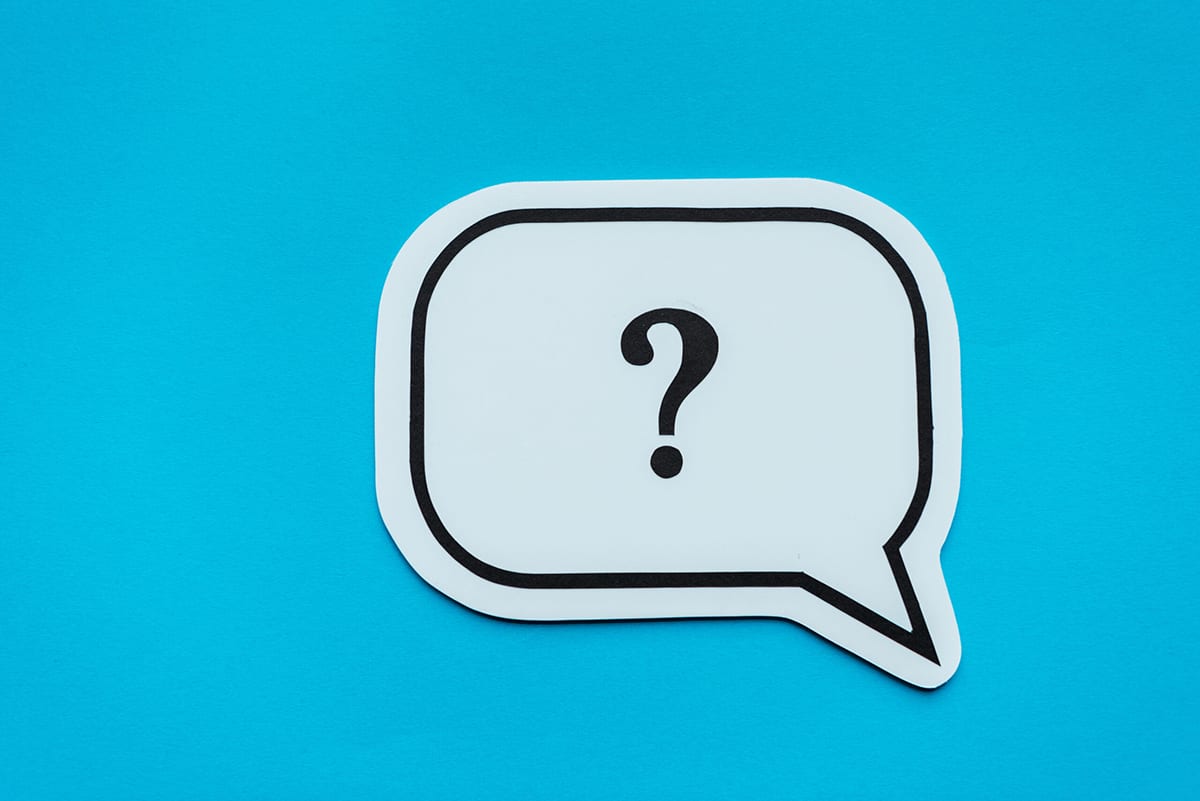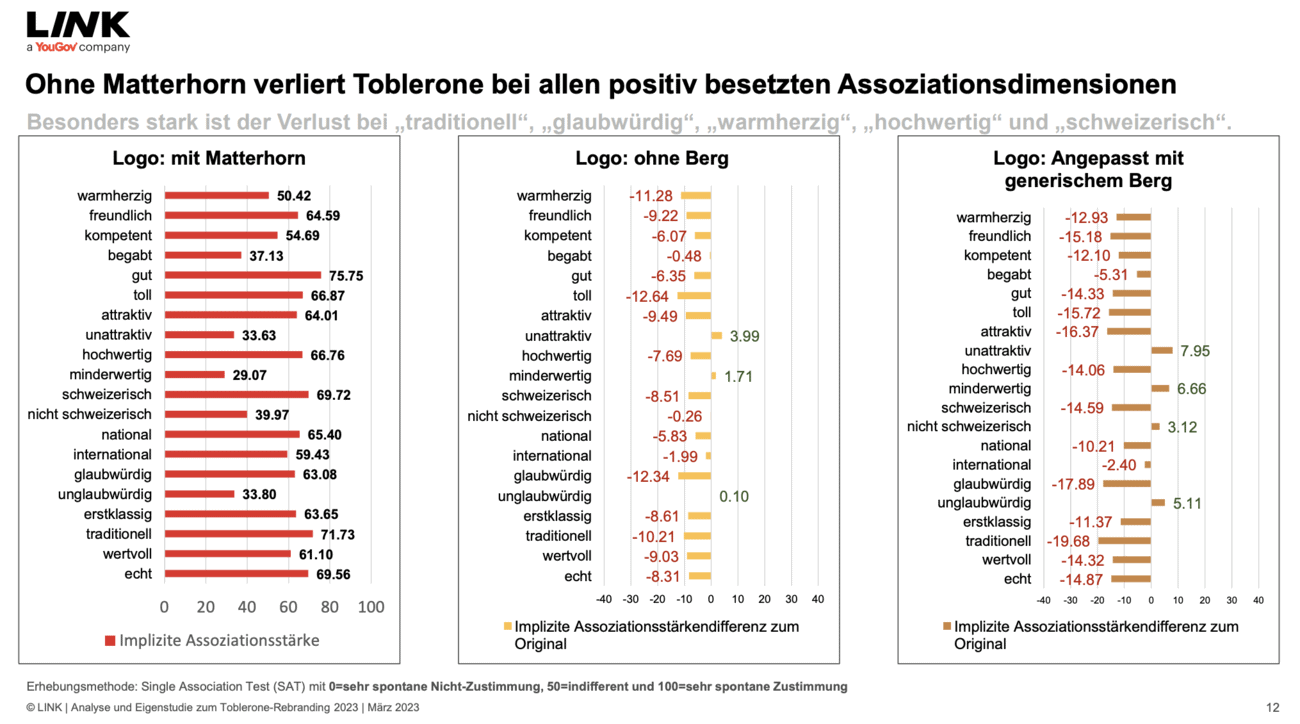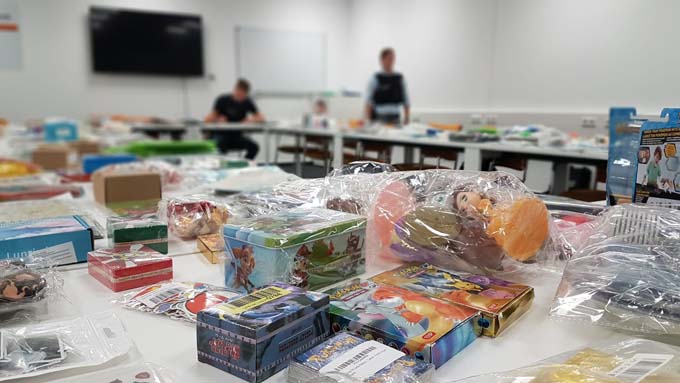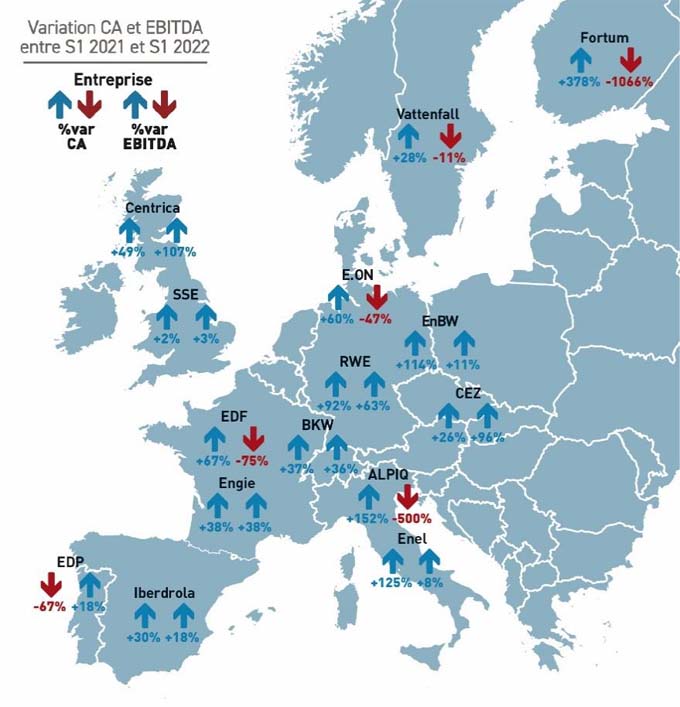What does "prompt" actually mean?
Our industry is known for promptly adapting something when it seems promising. And prompt in the sense of immediate (as a reaction to something). So it's no surprise that AI has become the big topic in the industry. Customers are getting carried away with statements like "now we finally don't need [...]
 Our industry is known for promptly adapting something when it seems promising. And prompt in the sense of immediate (as a reaction to something). So it's no surprise that AI has become the big topic in the industry. Customers get carried away with statements like "now we finally don't need an agency anymore" and agencies with "agency XY relies on AI for customer Z". The ordinary employees fluctuate between defiant, panic-stricken and enthusiastic behavior towards the new working tools. They ask themselves: do we have to worry about our jobs? Yep, because AI/KI tools are also creating new jobs. For example, prompt engineers. Which brings us to the second interpretation of the word. But first things first.
Our industry is known for promptly adapting something when it seems promising. And prompt in the sense of immediate (as a reaction to something). So it's no surprise that AI has become the big topic in the industry. Customers get carried away with statements like "now we finally don't need an agency anymore" and agencies with "agency XY relies on AI for customer Z". The ordinary employees fluctuate between defiant, panic-stricken and enthusiastic behavior towards the new working tools. They ask themselves: do we have to worry about our jobs? Yep, because AI/KI tools are also creating new jobs. For example, prompt engineers. Which brings us to the second interpretation of the word. But first things first.
With the award-winning article on artificial intelligence by Reto U. Schneider in last September's NZZ Folio, OpenAI, ChatGPT and their siblings had a bigger stage in the German-speaking world for the first time. AI and AI tools have since been ubiquitous in the media and in agencies and corporate marketing and communications departments.
As a reminder, as explained here before: The A stands for "Artificial", the I for "Intelligence" and is pronounced it "Ai-Ei". The abbreviation's little brother is called KI, pronounced "Ka-I" in German, and stands for "artificial intelligence. But anyone who says "Kei-Ei" (and there are quite a few of them) is definitely revealing themselves as an ignorant parroter and actually has to worry about their job. Because parroting is actually exactly what AI/KI tools like ChatGPT, Quilbot, Surfer SEO, Murf, Fireflies, Scalenot, Textplaze and what they are all called are doing now. And they do it better, faster and cheaper. Especially if you feed them right.
Shit in Shit out
Anyone who has ever dealt with statistical data knows: The result of the data is only as good as the task with which it is fed. Or in short: Shit in Shit out. So in order for AI/KI tools to text, research, paint or film, they need a task that is cleverly formulated. And that is exactly what prompt is. In English, the word means keyword, query, or even more German: Eingabeaufforderung.
We know this from Google: The more intelligently something is searched for, the better the search results (once you have scrolled through the paid results, which unfortunately - as unimaginative as SEA sometimes words are auctioned - often have very little to do with the input).
So whoever prompts well in the AI/KI tools will get the best results. That's why the discussions about how good and useful these tools would be are somewhat pointless. Just as idle as the question of how good a team of real employees actually is. Because here too, if you don't formulate the task precisely and don't manage employees well, you can't complain about poor performance in retrospect. So, similar to supervisors or clients, a prompt engineer must know the capabilities, but also the limitations and the weaknesses of his agency, his team or his AI/KI tools in order to elicit a usable or sometimes exceptional result from them. Therefore, those who are good at prompting will hardly complain about the capabilities of AI/KI tools. At most the other way around, because they learn promptly from what we ask them.
* Benno Maggi is co-founder and CEO of Partner & Partner. He has been eavesdropping on the industry for over 30 years, discovering words and terms for us that can either be used for small talk, pomposity, excitement, playing Scrabble, or just because.










 The illustration system was implemented in a two-day workshop and the designers were trained to use the system independently. The illustrations can be seen on the website, in catalogs and at headquarters, among other places. The company's long tradition is also reflected in the extensive visual material on the history and development of Victorinox. For Sapera Studios it was clear: Victorinox needs a style that makes the brand clearly recognizable and at the same time is an extension and modernization.
The illustration system was implemented in a two-day workshop and the designers were trained to use the system independently. The illustrations can be seen on the website, in catalogs and at headquarters, among other places. The company's long tradition is also reflected in the extensive visual material on the history and development of Victorinox. For Sapera Studios it was clear: Victorinox needs a style that makes the brand clearly recognizable and at the same time is an extension and modernization. Based on the existing brand identity, an elegant design was created: Icons and illustrations with clear lines and precise shapes. Illustrations, e.g. of people, remain without details, technical illustrations depict objects in a simplified, precise and clear way - with high recognition value. The guideline precisely defines the parameters that make up each infographic, icon and illustration - and how thick the outer line is, for example, which colors are used when, how objects are abstracted.
Based on the existing brand identity, an elegant design was created: Icons and illustrations with clear lines and precise shapes. Illustrations, e.g. of people, remain without details, technical illustrations depict objects in a simplified, precise and clear way - with high recognition value. The guideline precisely defines the parameters that make up each infographic, icon and illustration - and how thick the outer line is, for example, which colors are used when, how objects are abstracted.







 Development of management standards over time, schematic representation (selection). Sources: Zittau/Görlitz University of Applied Sciences, TIMS, SQS[/caption].
Development of management standards over time, schematic representation (selection). Sources: Zittau/Görlitz University of Applied Sciences, TIMS, SQS[/caption].
 Train passengers, commuters and all other station visitors now have a new advertising option from Tamas Media: eye-catching red boxes that can be found at more than 140 train stations throughout Switzerland. There are 260 boxes in total, 220 of them in German-speaking Switzerland and 40 in French-speaking Switzerland. The boxes can be filled with magazines, journals or other printed advertising material.
Train passengers, commuters and all other station visitors now have a new advertising option from Tamas Media: eye-catching red boxes that can be found at more than 140 train stations throughout Switzerland. There are 260 boxes in total, 220 of them in German-speaking Switzerland and 40 in French-speaking Switzerland. The boxes can be filled with magazines, journals or other printed advertising material.
 Switzerland defends its title as European champion in returning products ordered online. Internet shoppers returned 28 percent of parcels to the sender last year. The rate of returns continues to rise, even though more and more retailers have introduced a charge. This is shown by the new E-Shopper Barometer from Geopost, a study conducted regularly in over 20 European countries.
Switzerland defends its title as European champion in returning products ordered online. Internet shoppers returned 28 percent of parcels to the sender last year. The rate of returns continues to rise, even though more and more retailers have introduced a charge. This is shown by the new E-Shopper Barometer from Geopost, a study conducted regularly in over 20 European countries.

